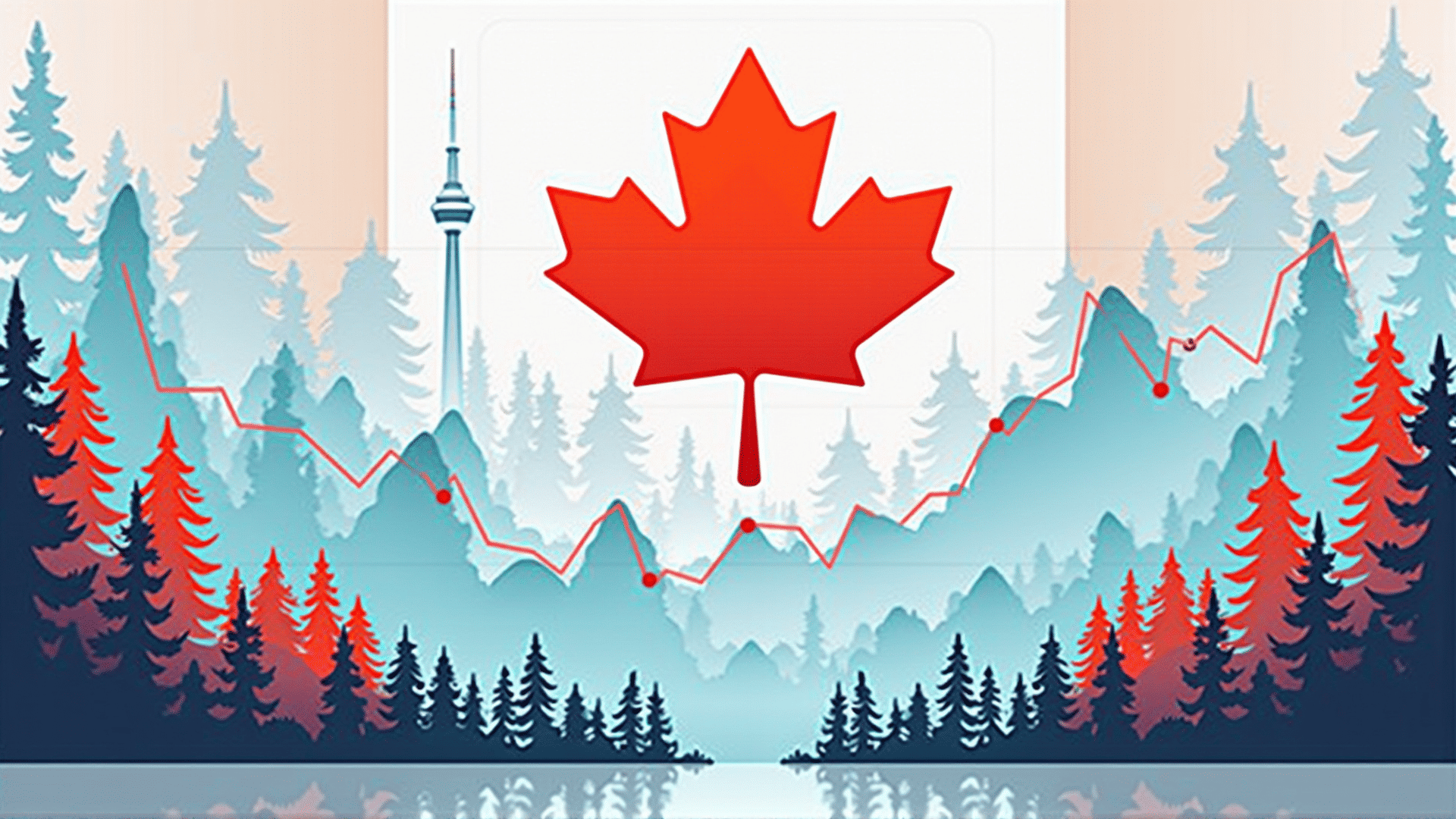Understanding Canada's economic landscape requires analyzing a variety of important indicators that reflect the health and direction of the economy. These indicators offer insights into how different sectors are performing and guide policymakers in decision-making processes.
One of the primary indicators in evaluating Canada's economic status is the Gross Domestic Product (GDP). As a measure of all goods and services produced, GDP growth or contraction provides a clear view of economic activity. A rising GDP points to economic expansion, while a decrease could signal a downturn. Monitoring GDP trends helps assess the overall economic vitality and indicate potential policy shifts.
Another crucial component is the employment rate. This metric not only reflects the number of people actively participating in the workforce but also indicates the economy's ability to create jobs. A high employment rate is generally associated with economic well-being, while increasing joblessness can lead to challenges, necessitating interventions to stimulate job creation.
Inflation is also a significant indicator. Measured by the Consumer Price Index (CPI), it tracks changes in the price level of a basket of consumer goods and services. Regulators aim to keep inflation at a manageable level to maintain purchasing power and economic stability. Uncontrolled inflation can erode consumer confidence and savings, leading authorities to adjust interest rates as a tool for managing price levels.
Exchange rates further shape Canada's economic framework. The strength or weakness of Canada’s currency relative to others affects trade balances, influencing export and import dynamics. A stronger currency might make goods more expensive internationally, impacting manufacturing sectors heavily reliant on exports. Conversely, a weaker currency can boost exports but increase import costs.
Additionally, housing market trends provide insights into economic conditions. Housing starts and price trends can signal consumer confidence, as real estate often represents a large portion of personal assets. As an indicator of wealth accumulation and economic sentiment, shifts in the housing sector often have wider implications for economic policy.
Finally, understanding Canada's trade balance is vital. As a trade-centric nation, fluctuations in exports and imports can significantly impact the economy. Surpluses and deficits in trade with other countries need to be carefully managed to ensure a secure economic environment.
In conclusion, by examining these key indicators—GDP, employment rate, inflation, exchange rates, and trade balance—stakeholders can paint a comprehensive picture of Canada's economic landscape. These metrics not only help forecast future economic conditions but also play a crucial role in shaping the country's policy decisions, ensuring stability and growth in Canada's diverse economy.
